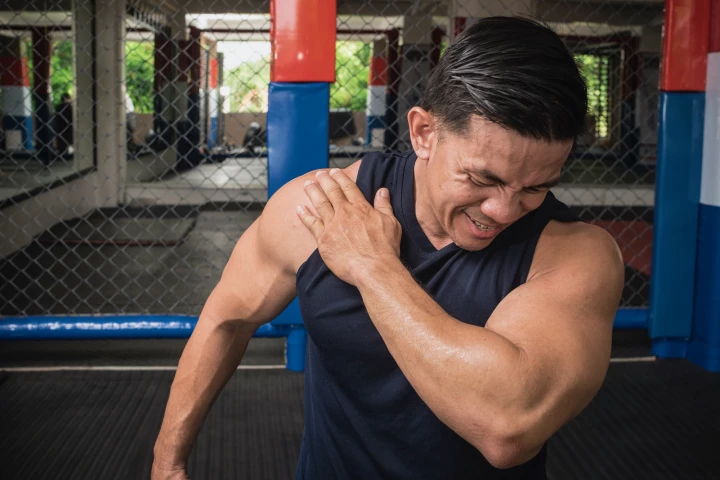Injuries
-
Electrical spinal stimulation can help paralyzed people walk again. In a promising new clinical trial, scientists have identified the specific neurons being stimulated, and found that patients can still walk even after the implant was turned off.
-
While bone injuries such as fractures typically heal on their own, large sections of missing bone often never grow back, requiring bone transplants from other parts of the body. A new hydrogel, however, could help change that.
-
A torn meniscus, the cartilage in the knee, is a common sports injury, and unfortunately it doesn’t heal well. But researchers in Japan have now identified a hormone that helps repair the cartilage after a surgical treatment.
-
A torn rotator cuff can be debilitating enough on its own, but unfortunately once such an injury has occurred, it's more likely to happen again. An experimental new mesh could help keep that from happening, thanks to tiny pieces of graphene.
-
Tennis players are susceptible to wrist cartilage injuries, which may not even present any symptoms at first. A van-based MRI system was designed with that in mind, as it can spot such injuries right at the tennis court, before they become serious.
-
Tendon injuries are painful and don’t always heal properly. Researchers at the Terasaki Institute have now shown that silk scaffolds loaded with stem cells can help tendons regenerate more effectively.
-
Researchers at MIT have developed a handheld robot that can help minimally trained responders to control severe internal bleeding in victims of traumatic injury, by helping them insert a needle and catheter into a major blood vessel.
-
In what is being described as a world-first, scientists in Israel have reportedly grown spinal cord implants utilizing tissue extracted from human volunteers. Those implants were then used to restore walking abilities to previously paralyzed mice.
-
After an injury, nerves struggle to regrow completely, leaving patients with reduced mobility and sensation. In tests on rats, researchers have now demonstrated a way to improve nerve repair using proteins from the support network around cells.
-
Complex bone fractures can be hard to treat, sometimes requiring the injured bone to be replaced with bone harvested from elsewhere in the body. Thanks to a new material, though, bone-building micro-robots may someday provide an alternative.
-
A new slug-inspired biomaterial improves tendon healing, with one sticky side and a low-friction outer surface that keeps it gliding against other tissues. Better yet, they can be loaded with slow-release drugs to reduce scarring and inflammation.
-
It’s hard to get medical adhesives to stick when blood is making everything wet. Now, MIT researchers have developed a new surgical glue that can halt bleeding within 30 seconds, inspired by the super-strong underwater adhesive used by barnacles.
Load More











